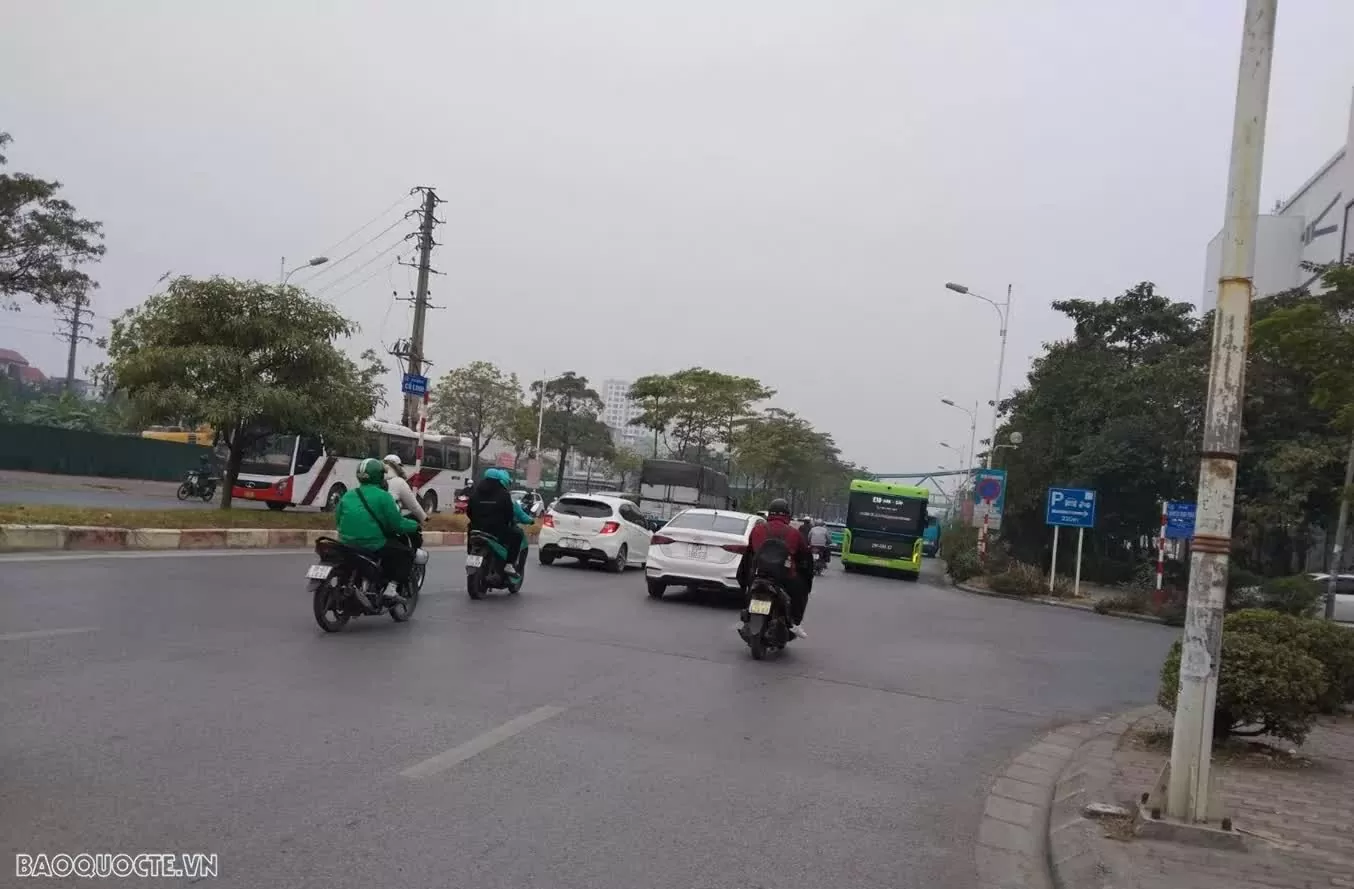 |
| Need an adaptive roadmap when banning gasoline motorbikes on Ring Road 1 in Hanoi . (Photo: Nguyen Nga) |
Currently, Hanoi is facing a historic turning point with the policy: From July 1, 2026, gasoline-powered motorbikes will be banned from circulating in the beltway 1 area. This roadmap will continue to expand, limiting private gasoline-powered cars on routes in beltways 1 and 2 from 2028, and by 2030 will reach beltway 3, aiming to end private gasoline-powered cars in the urban center. This is not just an administrative decision, but a strong statement about Hanoi's vision: Transforming into a green, sustainable and truly livable city.
This decision stems from the urgent problems that Hanoi, as well as many other large cities in the world, are facing such as serious air pollution, constant traffic congestion, and urban noise. Millions of personal vehicles, especially gasoline-powered motorbikes, are one of the main causes of these challenges, directly affecting public health and quality of life.
The gradual removal of gasoline-powered vehicles from the city center is a decisive step to reduce toxic emissions, improve air quality, reduce noise and create a more open urban space. A Hanoi without dust, without loud car horns, with green streets and fresh air is the dream not only of the capital's residents but also the image that Vietnam wants to build in the eyes of international friends. It is a city that not only develops the economy but also focuses on the living environment, health and happiness of its people.
| "Hanoi is gradually realizing the goal of banning gasoline-powered motorbikes in the inner city by 2030. This is considered a strategic policy to improve air quality, enhance urban life, and also demonstrate Vietnam's national responsibility in implementing international commitments on net zero emissions." |
However, like any major change, this policy also faces legitimate concerns. One of them is the impact on the poor and ordinary workers, who rely heavily on gasoline-powered motorbikes for their livelihood. For them, the motorbike is not only a means of transportation but also a tool for earning a living, an indispensable part of daily life or "a fishing rod". A sudden ban could put them in a difficult position, directly affecting their livelihoods, and they may have difficulty changing and adapting.
However, it is important to note that this policy is not implemented abruptly but has a long roadmap until 2030. This is enough time for people, especially vulnerable groups, to adapt, change their means of transport or seek alternative solutions. During this time, support policies such as support for switching to electric vehicles, incentives for public transport, etc. need to be researched and implemented promptly to minimize negative impacts and ensure social equity.
Another major concern is that Hanoi's current public transport system is not strong enough to completely replace private vehicles. Many people believe that we should wait for the infrastructure to be completed before banning it. And so, this is considered a necessary "push" for infrastructure development.
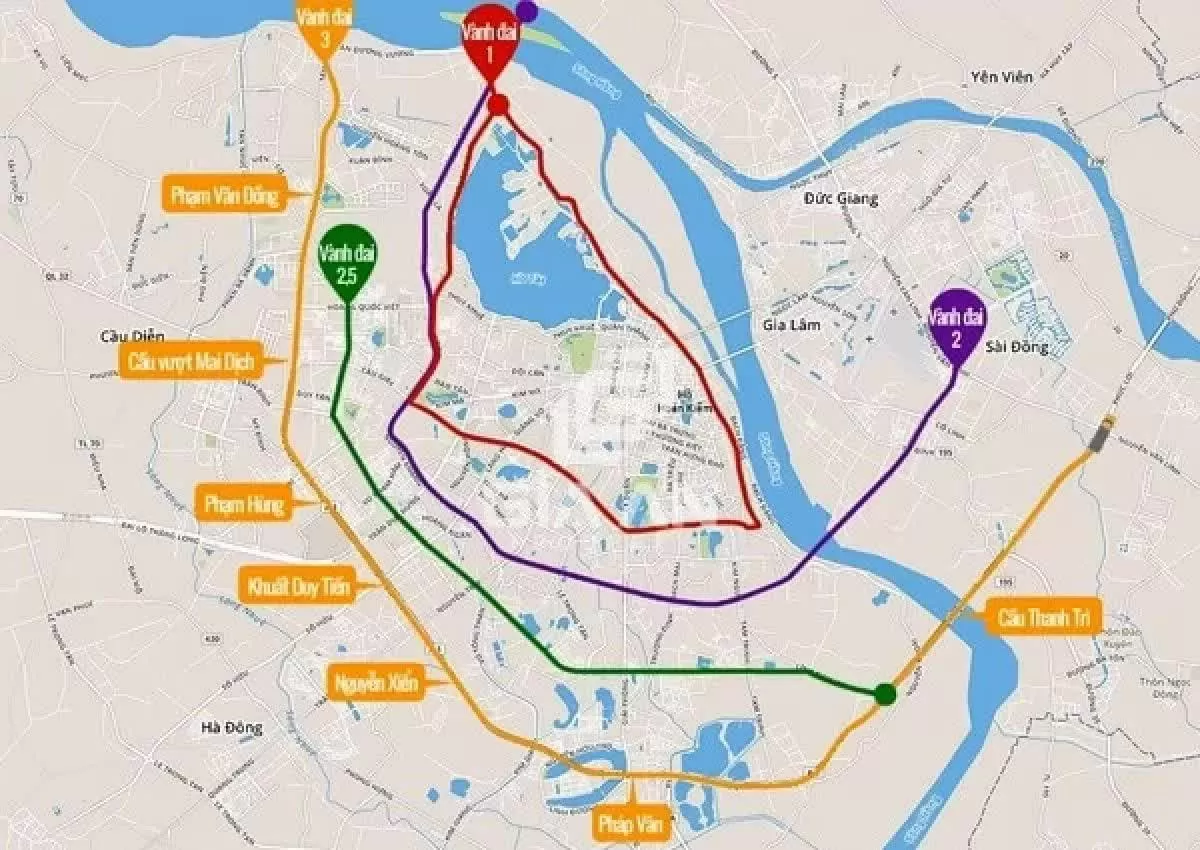 |
| Ring Road 1 will ban gasoline-powered motorbikes from July 2026. (Source: Ministry of Construction) |
When there is no other choice, Hanoi will be forced to invest more strongly and decisively in perfecting the public transport system. Pressure from people's travel needs will become a strong driving force to accelerate metro projects, expand the electric bus network, develop flexible inner-city minibus routes, integrate smart electronic ticket systems and build reasonable and convenient transit routes; build an effective multi-modal transport model . Banning is not the end point but the starting point for a revolution in public transport, forcing managers to act more quickly and effectively.
The transition to a green city is not just about banning gasoline vehicles. It is also an opportunity to change people's traffic habits and culture. As public transport develops, people will gradually get used to walking, cycling, and using environmentally friendly means of transport, contributing to building a healthier and more sustainable lifestyle.
We have witnessed the dramatic changes of many major cities in the world such as Paris (France), London (UK), or Seoul (Korea)... when they determined to transform themselves towards sustainable development. They also faced similar concerns, but with steadfast policies and methodical investment, they have created modern cities with less dust, less noise, and a better quality of life for the people.
Thus, the policy of banning gasoline-powered motorbikes in the center of Hanoi is a decisive and necessary step for the capital to transform into a green, modern and livable city. Despite initial challenges, with a clear roadmap and the consensus and determination of leaders at all levels and the support of the people, this ban will become a strong "push", creating the premise for a new era of development for Hanoi - a prosperous, happy and sustainable city.
Hanoi’s bold application of a ban on gasoline-powered vehicles in the central area is not only an environmental action, but also demonstrates a new governance vision that dares to face difficulties to move towards a sustainable future. Of course, along with this policy, the city needs to focus on measures to support low-income people, such as incentives to buy electric vehicles, subsidies for public transport, or implementing a program to exchange old motorbikes for green vehicles...
No change is easy, especially when it affects the long-standing habits of people and society. But if we want Hanoi to truly become a livable city - where the air is cleaner, the streets are less congested, and people live in a safer, healthier environment, then banning personal gasoline-powered vehicles is not something to be avoided, but needs to be promoted with a sense of responsibility and determination to act.
Source: https://baoquocte.vn/cam-xe-may-xang-o-vanh-dai-1-can-lo-trinh-thich-nghi-tinh-than-trach-nhiem-va-quyet-tam-hanh-dong-321017.html


![[Photo] Worshiping the Tuyet Son statue - a nearly 400-year-old treasure at Keo Pagoda](/_next/image?url=https%3A%2F%2Fvphoto.vietnam.vn%2Fthumb%2F1200x675%2Fvietnam%2Fresource%2FIMAGE%2F2025%2F12%2F02%2F1764679323086_ndo_br_tempimageomw0hi-4884-jpg.webp&w=3840&q=75)




![[Photo] Parade to celebrate the 50th anniversary of Laos' National Day](/_next/image?url=https%3A%2F%2Fvphoto.vietnam.vn%2Fthumb%2F1200x675%2Fvietnam%2Fresource%2FIMAGE%2F2025%2F12%2F02%2F1764691918289_ndo_br_0-jpg.webp&w=3840&q=75)
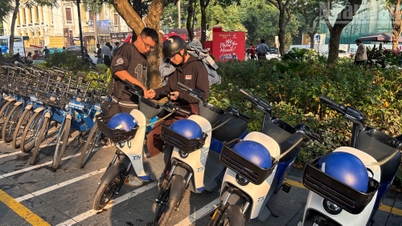



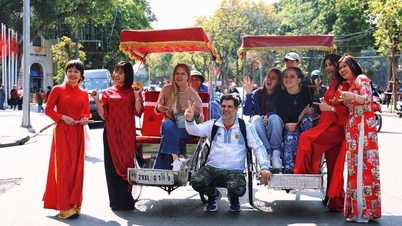



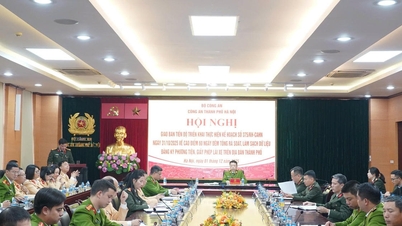

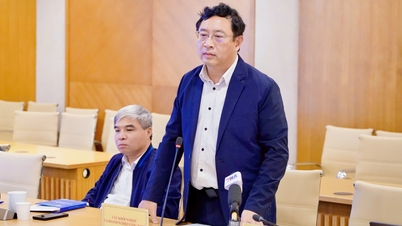



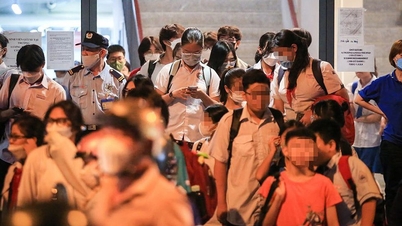



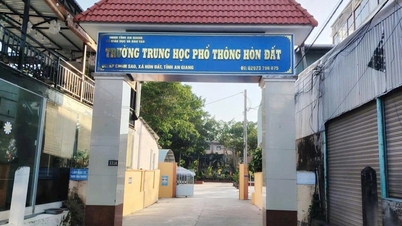






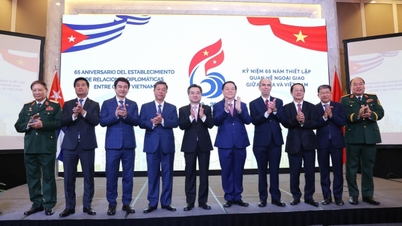
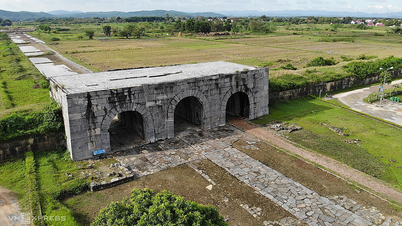
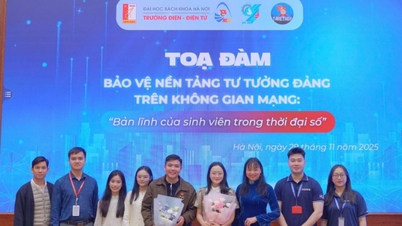

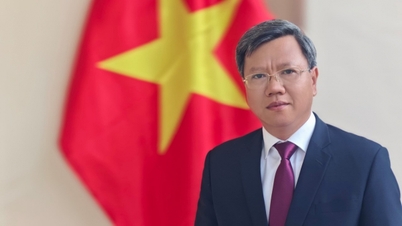
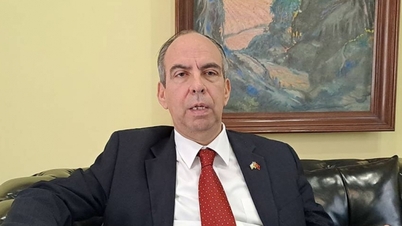

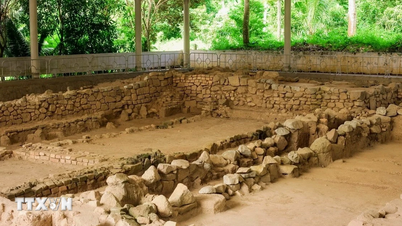
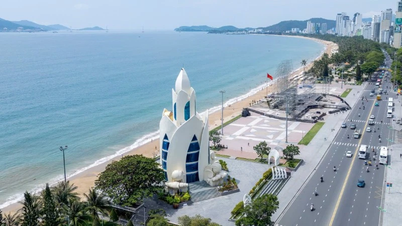
![[Video] Protecting World Heritage from Extreme Climate Change](https://vphoto.vietnam.vn/thumb/402x226/vietnam/resource/IMAGE/2025/12/03/1764721929017_dung00-57-35-42982still012-jpg.webp)




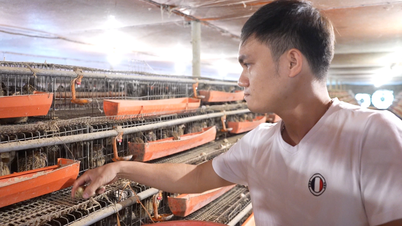


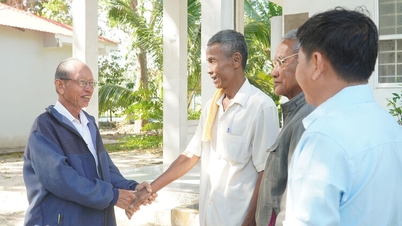







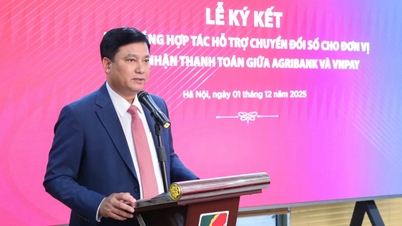

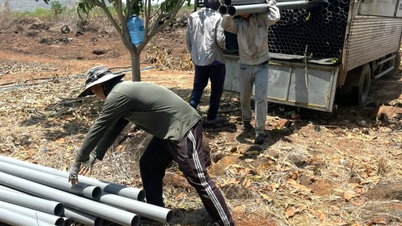
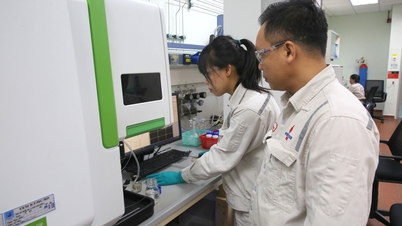













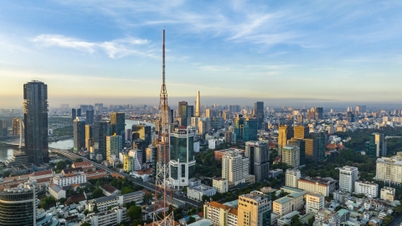

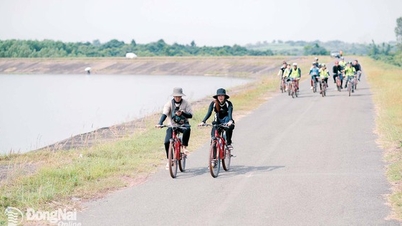


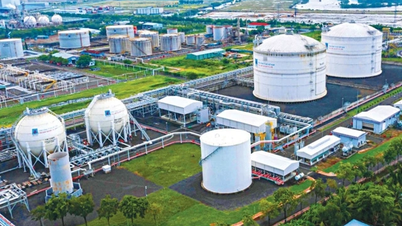
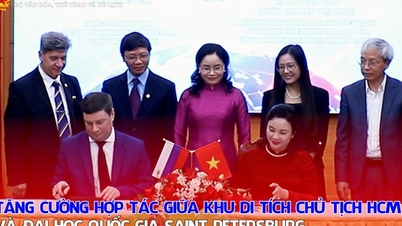
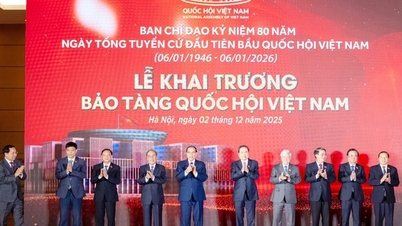









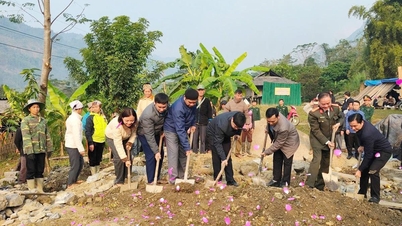














Comment (0)